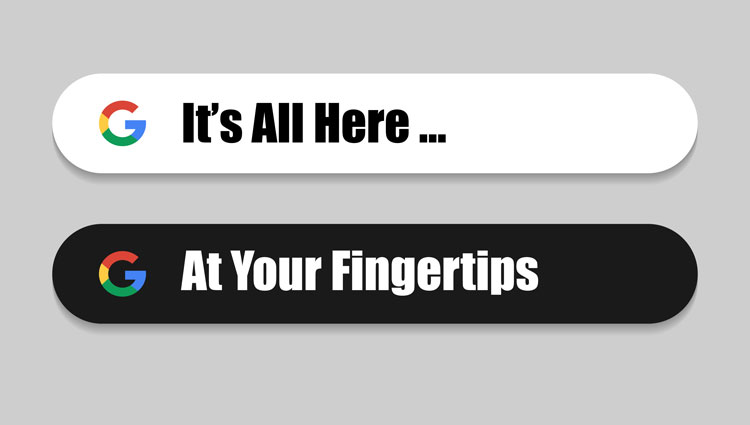In today’s world, information is easy to access, so being transparent isn’t optional anymore—it’s necessary. Philanthropic organizations, which play a special role in our society, are expected to be more open and honest about what they do than ever before. Transparency in fundraising has now become critical.
This push for transparency isn’t just about accountability, though. It directly affects public trust and donor confidence—and in turn, how well charities can achieve their goals.
Let’s take a look at why transparency is so important, what happens when it’s lacking, and some real-life examples of both good and bad practices.
The Public Trust Factor
Philanthropy depends heavily on trust. When a charity asks for donations or support, they’re asking people to believe that the money or time they give will make a difference. Trust is the foundation of this relationship. But what happens when that trust starts to break down? Donations dry up, and the charity stumbles. And once that happens, many of them never recover.
A lack of transparency in fundraising is one of the quickest ways for an organization to lose credibility. If an organization doesn’t openly share its financial records, decision-making processes, or goals, it makes people suspicious. Donors and supporters may wonder, “Where is my money going?” or “Is this organization really making the impact they say they are?”
Without clear answers, people may start to doubt the organization. That’s when the donations begin to drop off, and community support wanes.
On the other hand, transparency builds trust by showing that the organization is committed to using resources wisely.
Take Charity: Water, for example. This organization, which provides clean water to communities in need, made transparency one of its core values by creating the “100% Model.” They promise that all public donations go directly to water projects, while separate funds cover their operating costs.
They even provide GPS coordinates and photos for each project funded so donors can see exactly where their contributions have gone. This level of openness has helped build enormous trust, allowing Charity: Water to grow significantly since it was founded. Their success shows that transparency is not only the right thing to do—it’s also a powerful tool for growth.
Doctors Without Borders is another nonprofit often praised for its commitment to transparency. The organization makes its annual reports public and provides detailed information on how funds are used in different projects.
This kind of openness makes donors feel more comfortable contributing, knowing their money is being put to good use.
Donor Confidence and Retention
Transparency in fundraising also plays a key role in making sure donors feel confident and want to keep giving. Donors want to know that their contributions are making a difference. And seeing their gifts in action helps to trigger feelings of joy, inspiring even more gifts.
By providing clear, detailed reports on how funds are used, organizations can reassure donors that their money is being spent wisely and on meaningful projects. This kind of openness can help build long-term relationships with donors, turning a one-time giver into a lifelong supporter.
In contrast, a lack of transparency can lead to serious problems. Take the Wounded Warrior Project, for example. This well-known veterans’ charity faced a huge backlash after accusations that the organization was spending a lot of money on lavish conferences and executive perks, while only a small percentage of funds were actually going to supporting veterans.
The controversy led to a big drop in donations and forced a change in leadership. It took years for the organization to rebuild its reputation, proving how harmful secretive practices can be.
Accountability and Effectiveness
Beyond trust and donor confidence, transparency is key to making sure that philanthropic organizations are truly effective. Being open about successes, failures, and finances encourages accountability. Organizations that share their data—such as project results, challenges, and lessons learned—invite collaboration and innovation. They allow the public, donors, and even other nonprofits to learn from their experiences, creating a culture of improvement that benefits everyone.
For example, GiveDirectly, a nonprofit that provides direct cash transfers to people in need, is known for being very open about its work. They publicly share the results of independent evaluations, whether the outcomes are good or bad. By doing this, GiveDirectly has built a reputation as an honest and effective organization. Their transparency shows they aren’t afraid to acknowledge challenges and use those experiences to get better.
In contrast, when organizations operate in secrecy, they often fail to acknowledge or learn from their mistakes. This can lead to wasted resources and minimal impact. A lack of transparency also makes it hard for outside experts or partners to offer guidance or collaborate effectively, which further limits the potential for positive outcomes.
Building a Culture of Openness
It’s clear that transparency in fundraising and operations matters, but how can philanthropic organizations make sure they’re being transparent? The first step is adopting a mindset that sees openness not as a burden, but as an opportunity. It means creating a culture that values sharing information, even when that information reveals imperfections. No organization is perfect, and admitting to shortcomings can actually improve credibility by showing a commitment to honesty and growth.
Practical steps for fostering transparency include regularly publishing detailed financial reports, sharing the decision-making processes behind major initiatives, and being open about both successes and failures.
It also means listening to feedback from donors, beneficiaries, and the community—encouraging dialogue rather than just pushing out one-sided messages. Philanthropy, after all, is about building relationships—and relationships are built on trust and communication.
In today’s interconnected world, social media and digital tools provide powerful ways to share an organization’s impact in real time. Photos, videos, and stories from the field can give supporters a sense of the difference they are making, helping them feel more connected to the cause. Organizations that use these tools effectively create strong, engaged communities of supporters who feel like partners in the mission rather than just financial backers.

Conclusion: A Brighter Future Through Transparency
Transparency in fundraising is about more than just publishing financial statements or reports. It’s about building a relationship of trust and accountability with donors, beneficiaries, and the public. By being clear about where the money goes, how decisions are made, and what impact is being achieved, organizations can not only improve their own effectiveness but also lift up the entire philanthropic sector.
Philanthropy has the power to create real, meaningful change in the world, but only if it is built on a foundation of trust. In a time when people are more skeptical, transparency isn’t optional—it’s the key to ensuring that donors’ goodwill and beneficiaries’ needs are met with integrity and effectiveness.
By choosing to operate openly, philanthropic organizations can fulfill their missions and inspire the confidence and support needed to make meaningful change possible. Transparency in fundraising is a must. Because trust is the most important element of fundraising.






